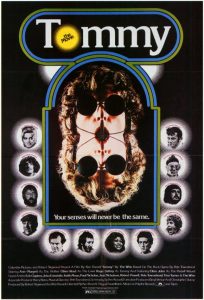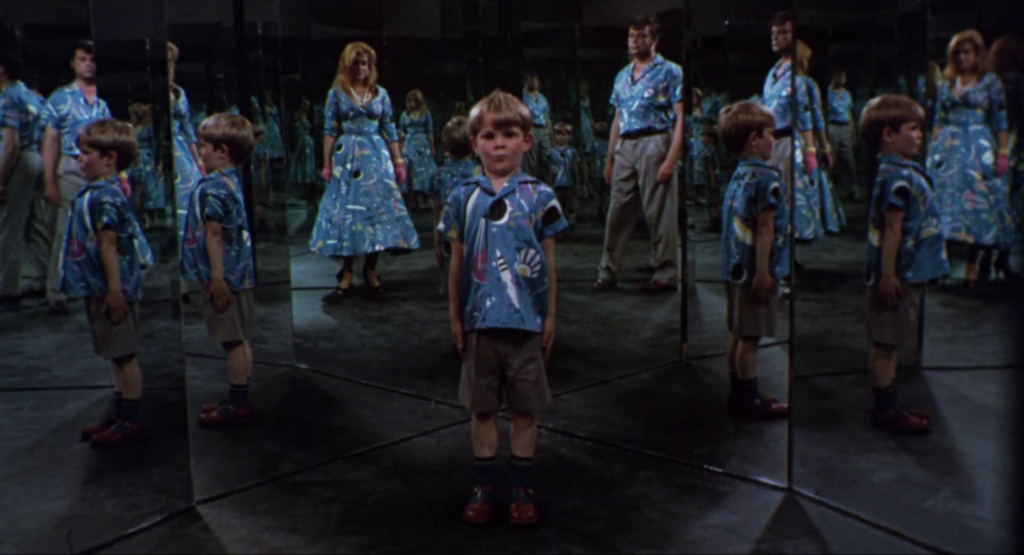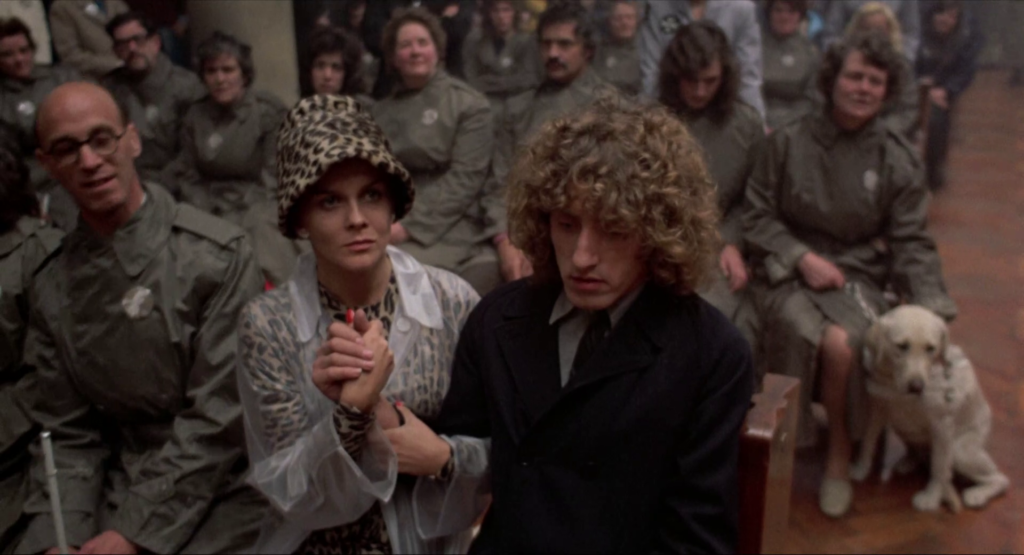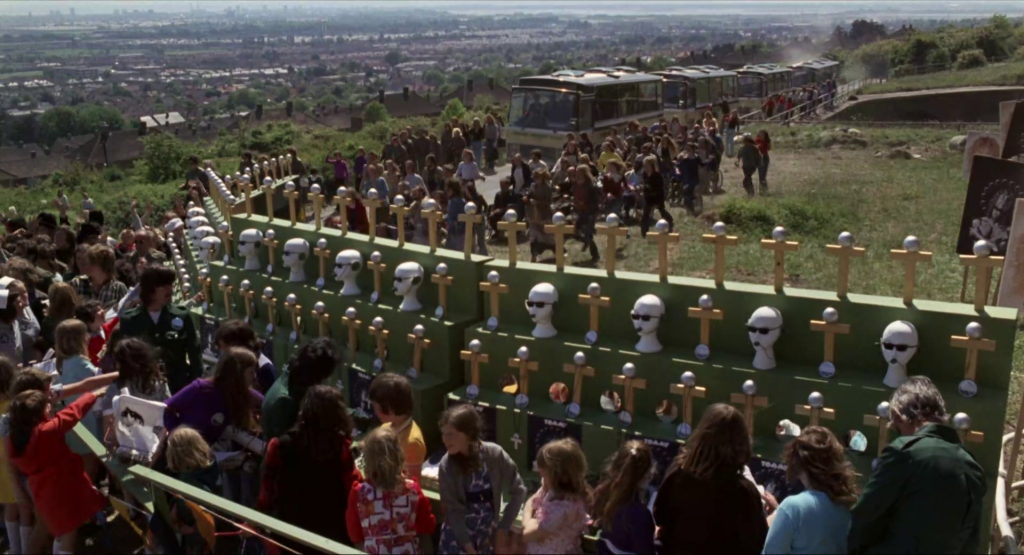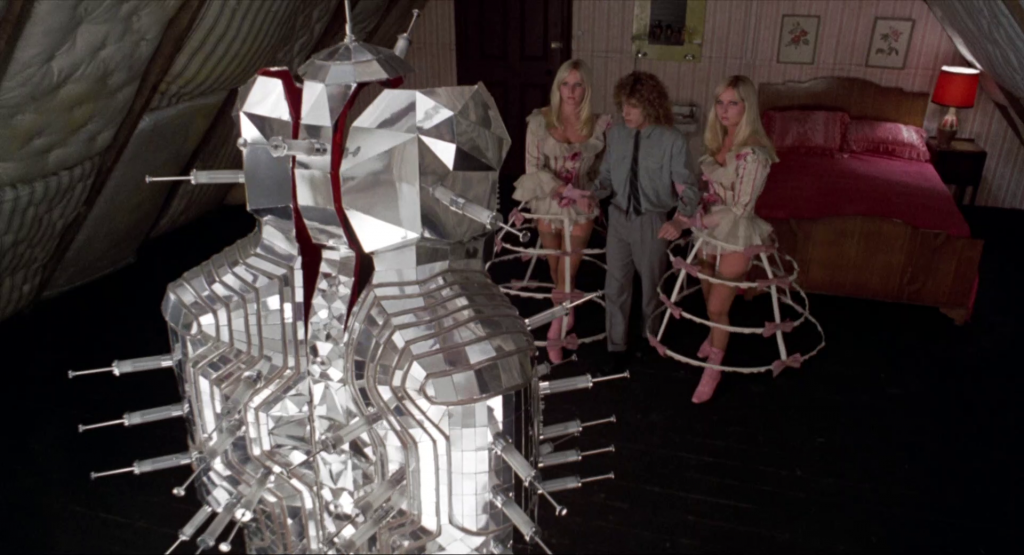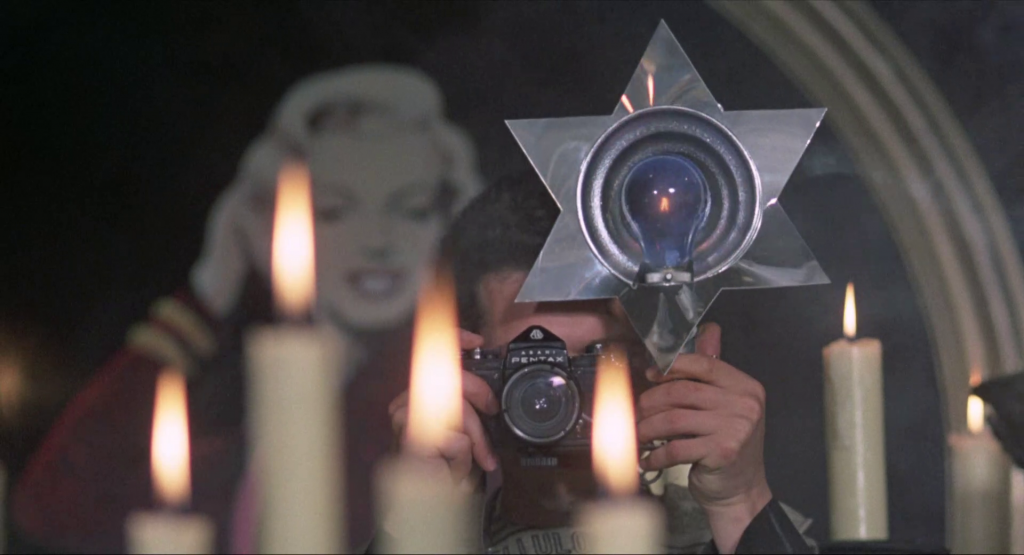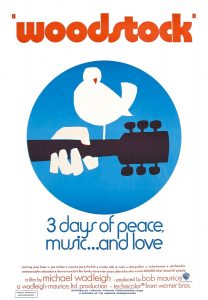|
Genres, Themes, Actors, and Directors:
- Concert Films
- Counterculture
- Documentary
- Rock ‘n Roll
Response to Peary’s Review:
Peary writes that this “epic documentary beautifully covers this seminal cultural event” in which “more than 500,000 young people showed up for [a] three-day rock-music concert in 1969 on a farm in upstate New York”. He notes that “the whole youth-protest movement was there in spirit and took pride in how peaceful this event was. It was where the love generation’s dreams came true: a beautiful communal society where everyone pulled together under difficult circumstances, where there was the sound of music instead of gunfire.” He further adds that the documentary — “directed by Michael Wadleigh in cinéma vérité style” — conveys “that far more important than the all-star performances were the people who had gathered and lived for three days without adequate food supplies, bathroom facilities, medical supervision or protection from the heavy rains”, who nonetheless turned the event “into a successful communal experiment”. He notes that “performers later admitted that they were overwhelmed by the spirit of the event and felt it a privilege to play for this audience”.
There is much to enjoy about this engaging, smartly crafted documentary — but perhaps most impressive is how thoroughly the filmmakers provide as many perspectives on the event as possible. We hear from disgruntled neighbors, but also surprisingly generous and kind locals, such as those who stepped up to help feed the hungry crowds, or the cheery Port-a-San janitor who states he is “glad to do [his work] for these kids”. We see plenty of “turned on” participants having the time of their lives — but also listen to one distressed young woman desperate to escape the crowds. We hear a tireless worker sharing a hilariously rambling anecdote about trippers (“You wouldn’t believe some of the kids that come in here. They’re really spaced out. Last night, this cat, this cat comes in and says, ‘If anger is red and envy is green, what color is jealousy?’ And I mean, he’s really spaced out! And you just don’t go fucking people’s heads up when they’re spaced out! So I said, uh, “Black, right? Because jealousy is poison.'”) — but she then admits to feeling concern about her sister:
I mean, like, right now I’m missing my sister. I lost her. She was on, uh, on mesc. And I lost her during Richie Haven’s performance. I’ve got her tickets home. I haven’t seen her since… She’s all right. Sure she is. It’s just that I’d like to see her so I can get home in time. She’s got to be back Monday for court. Otherwise, you know, I wouldn’t care. Otherwise, I’d probably let her hitch home.
Speaking of home, we see kids lining up to make calls at a crowded telephone booth; sleeping like sardines on top of cars; skinny-dipping; caring for young children. We also see the tremendous amount of trash left behind after the concert (a detail most documentaries would shy away from); I was reminded of Frederick Wiseman’s films, which cover all facets — both important and seemingly insignificant — of what it takes to make an event or place run smoothly. One thing that distinguishes Wadleigh’s film from Wiseman’s, however, is his innovative use of split-screen imagery to show diverse perspectives on either a single moment or different points in time. The juxtaposition of concerned middle-aged neighbors with a shot of teens skinny-dipping is deliberately provocative, while other combinations simply help to convey the vastness of the event.
Split-screen and super-imposition is especially extensive during musical sequences — to powerful effect, given that we can see both performers and viewers at once. IMDb notes that this stylistic choice was driven by necessity:
The two- and three-panel screen presentations seen throughout much of the movie were innovations born of necessity on the part of its creators and a film editor named Martin Scorsese. With so much footage shot, and the studio’s unwillingness to expand the length of the released film’s running time, it was decided that a way must be found to maximize the amount of footage that could be used.
Interestingly, the musical performances ALMOST seem secondary to the ethnographic footage — though there are plenty of powerful songs, most notably Jimi Hendrix’s legendary riff on “Star Spangled Banner”. Interested viewers can read much, much more about this event — and the musical line-up — in numerous books or websites. Click here for a minute-by-minute overview of who performed when.
Redeeming Qualities and Moments:
- A refreshingly thorough, multi-faceted look at this historic event

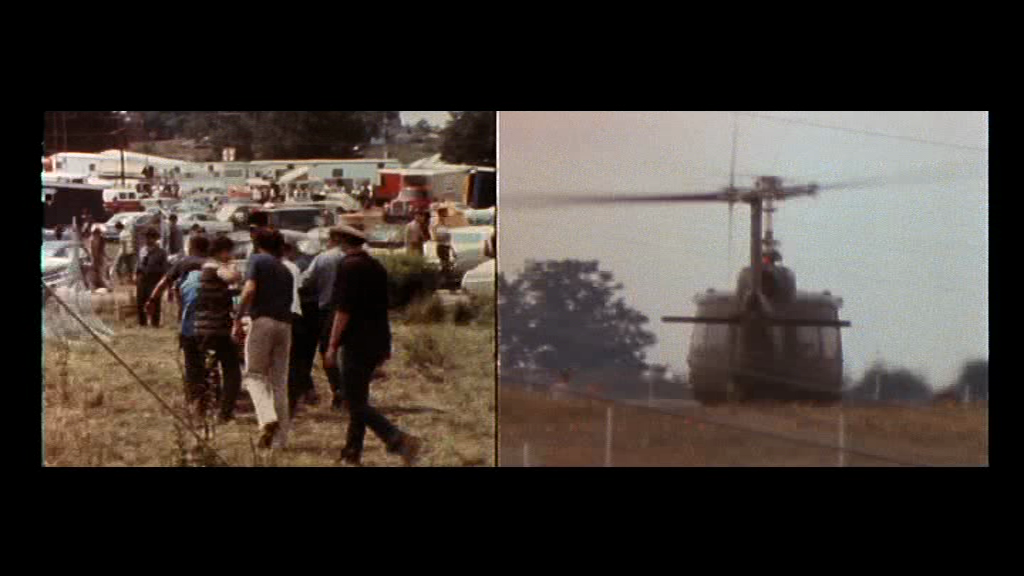
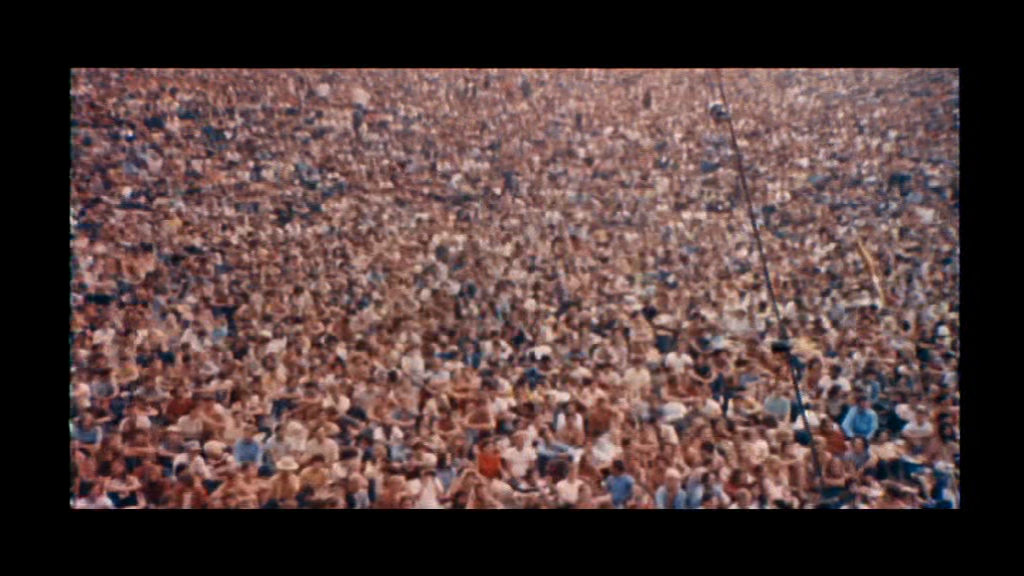
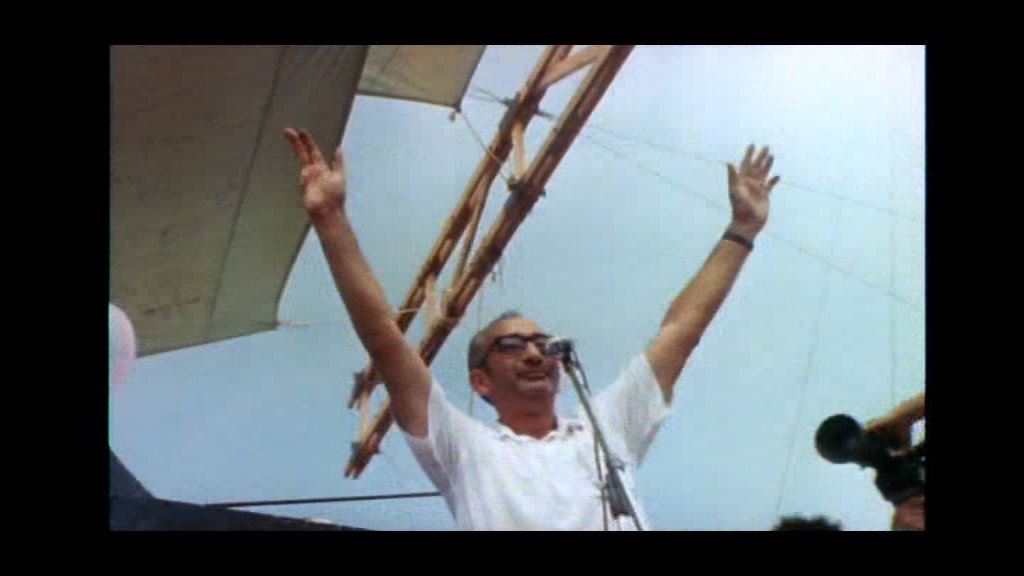
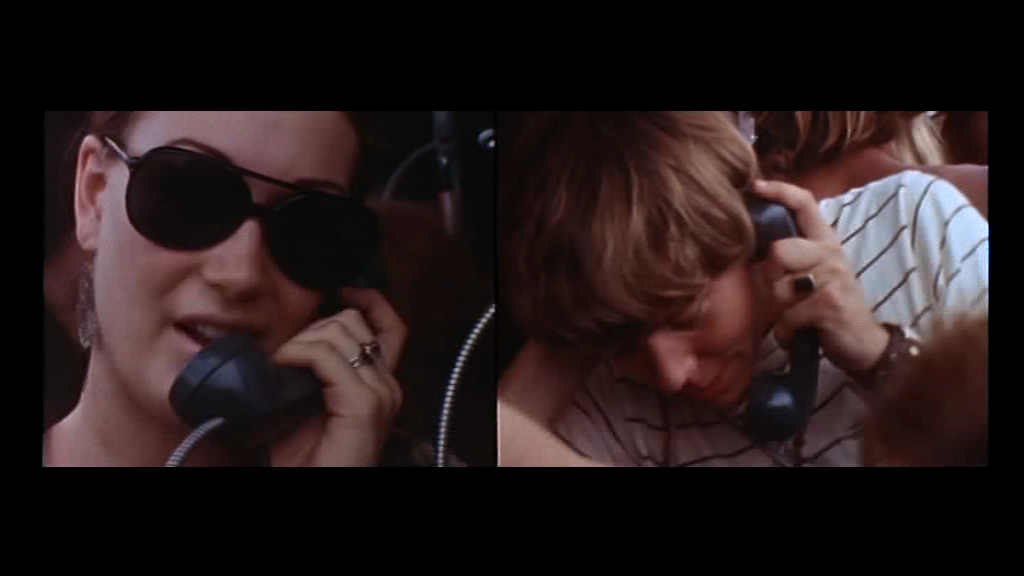
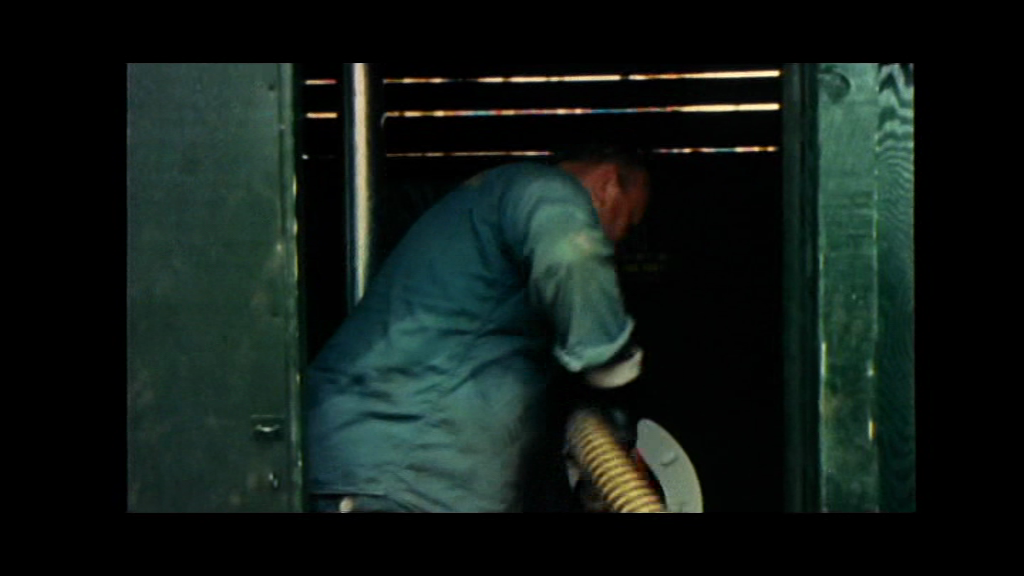
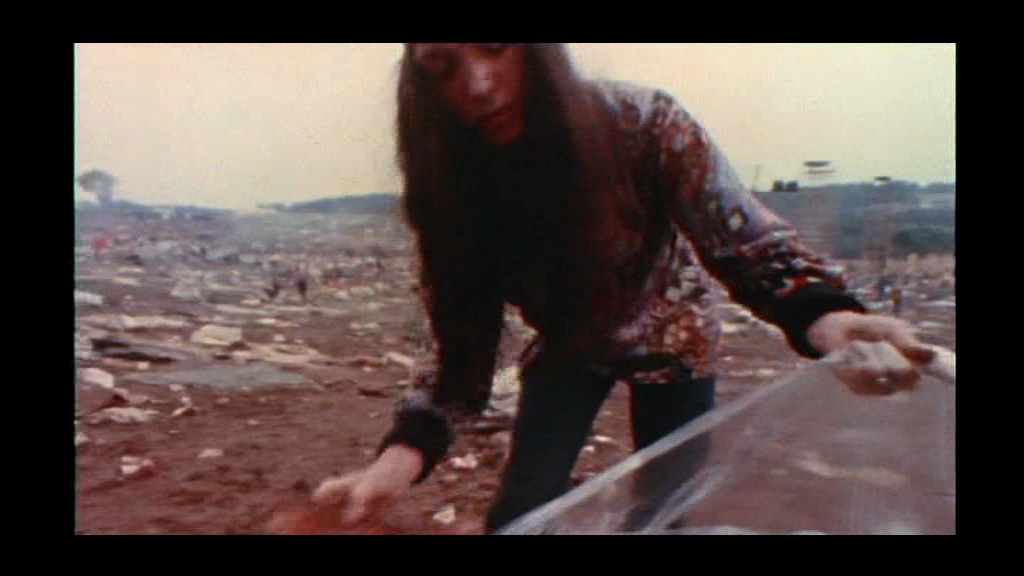
- Highly effective use of split-screen and super-imposed editing
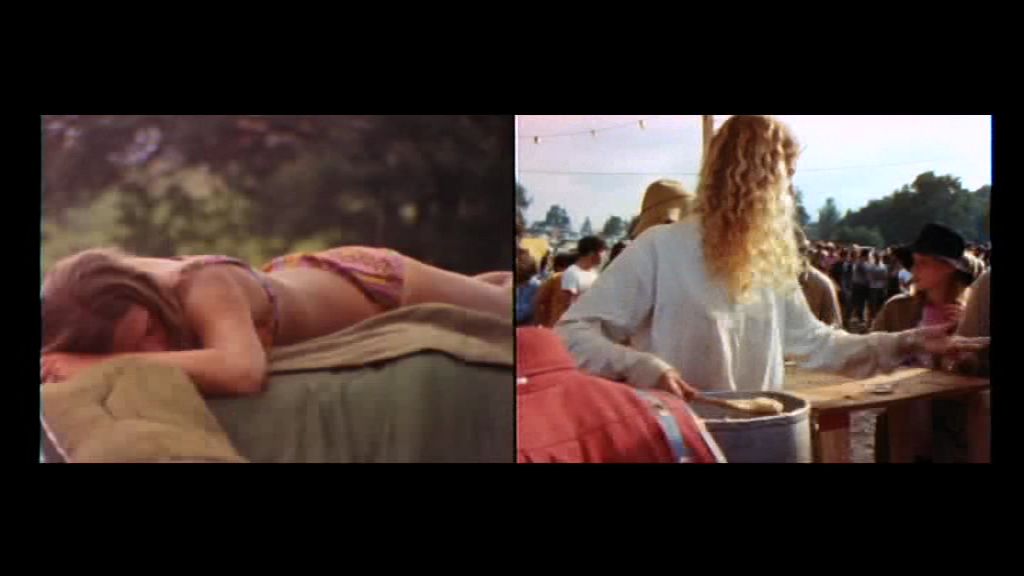
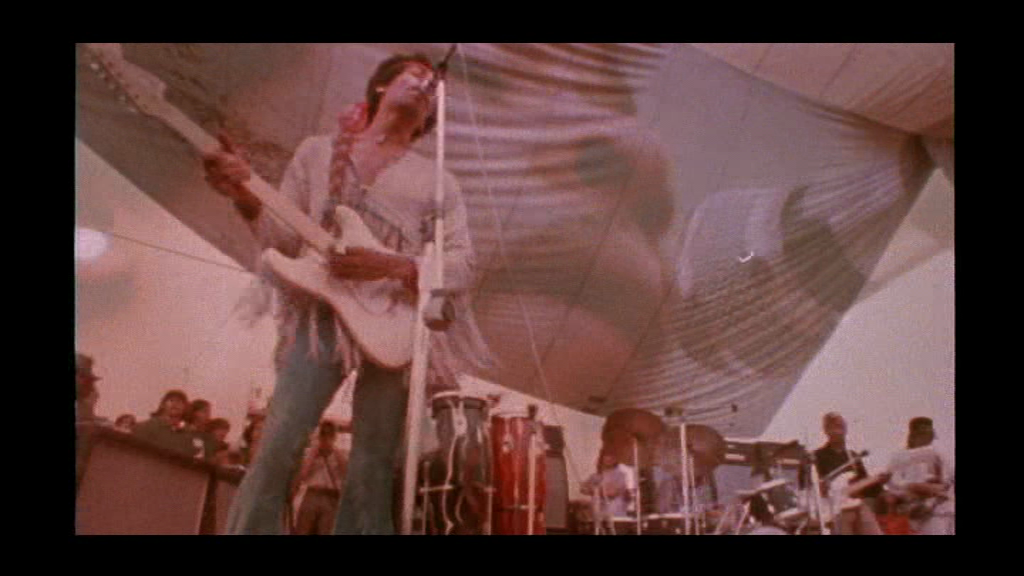
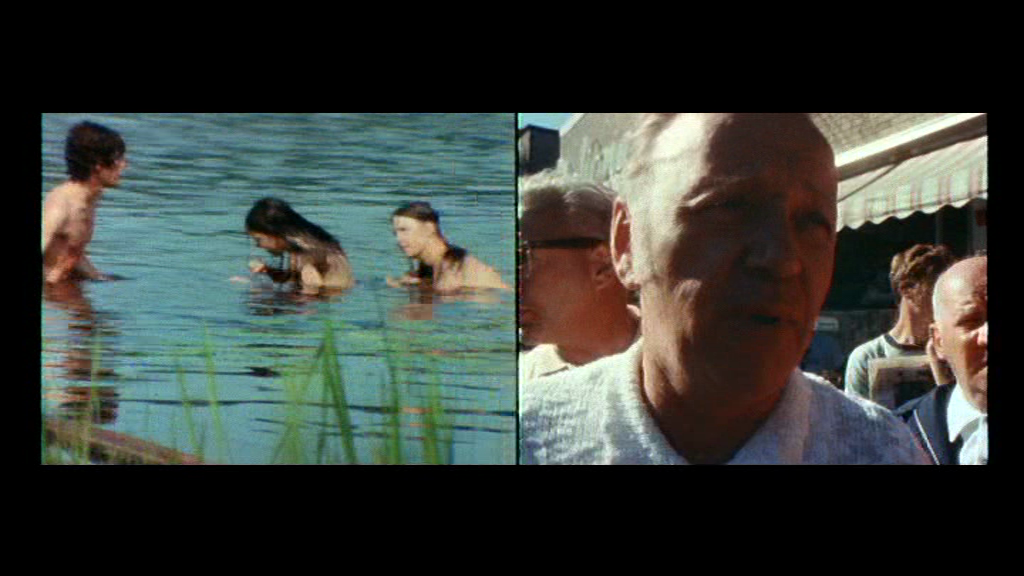
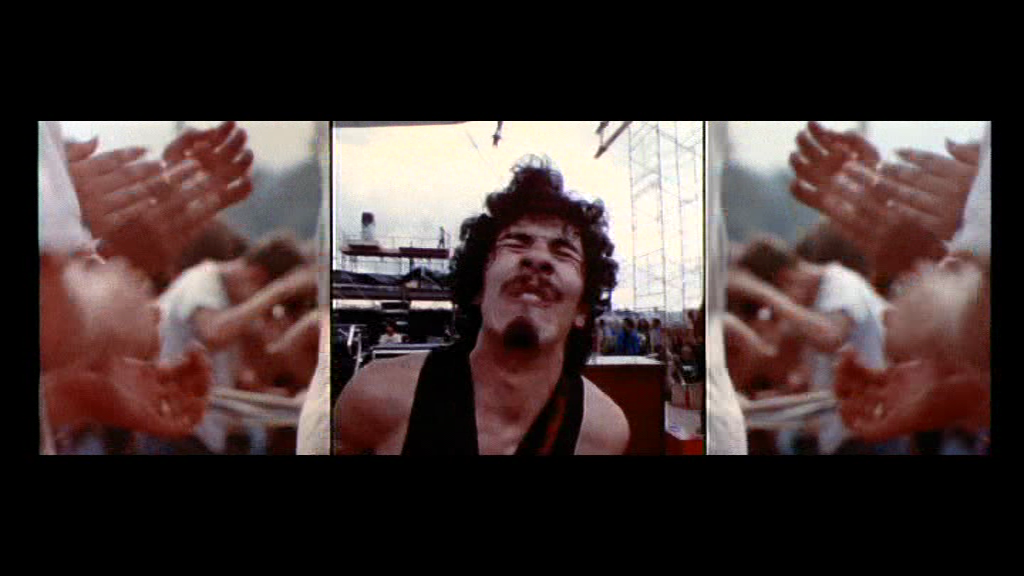
- Several powerful, memorable musical sequences

Must See?
Yes, of course.
Categories
- Genuine Classic
- Historical Relevance
- Oscar Winner or Nominee
Links:
|
